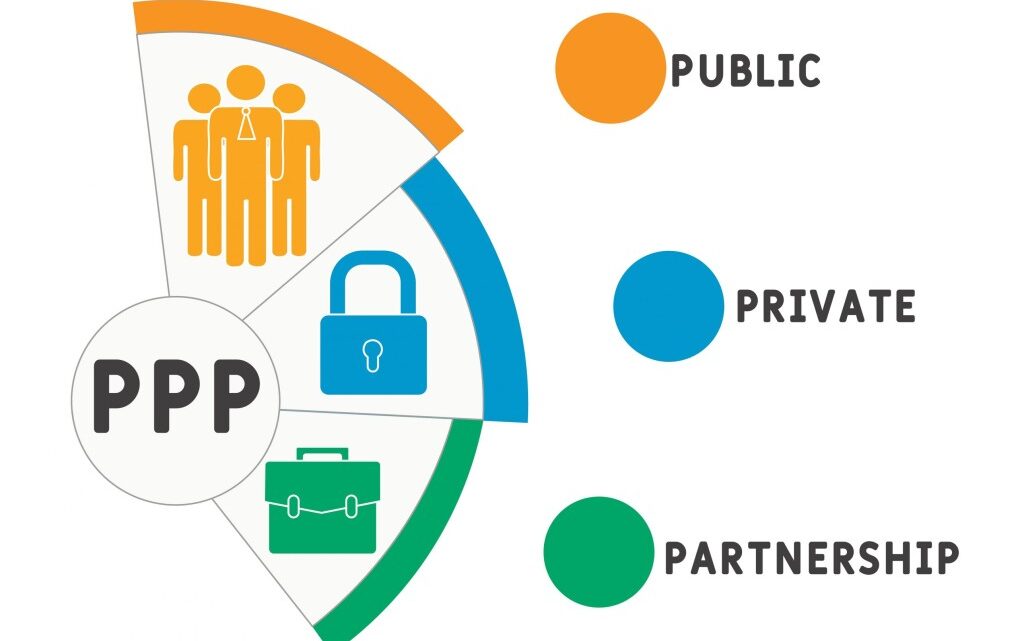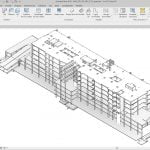
Unlocking Infrastructure Growth: Understanding What is a PPP Project
27 May 2024 Off By The Engineering CommunityTable of Contents
What is a PPP Project?
Understanding the Power of Public-Private Partnerships
Public-Private Partnerships (PPPs) have emerged as a dynamic solution for governments worldwide to address the growing need for infrastructure development while leveraging private sector expertise and resources. In this SEO article, we demystify what a PPP project entails, exploring its definition, significance, and the transformative impact it has on building sustainable infrastructure.
1. Defining PPP Projects
- Partnership Dynamics: Uncover the collaborative nature of PPP projects, where governments and private sector entities join forces to finance, develop, and operate public infrastructure or services.
- Shared Responsibilities: Understand how PPPs distribute risks and responsibilities between public and private sectors, fostering efficiency, innovation, and accountability.
2. Benefits of PPP Projects
- Accelerated Project Delivery: Explore how PPPs expedite infrastructure development by tapping into private sector resources, expertise, and efficiencies, leading to faster project delivery.
- Innovative Financing: Discover the flexibility of PPPs in mobilizing private capital to fund infrastructure projects, alleviating fiscal burdens on governments and taxpayers.
- Enhanced Service Quality: Learn how PPPs incentivize private sector partners to deliver high-quality services and maintain infrastructure assets over the project lifecycle, ensuring long-term sustainability.
3. Key Components of a PPP Project
- Project Identification: Gain insights into the process of identifying suitable PPP opportunities, aligning project objectives with public policy goals and stakeholder needs.
- Transparent Procurement: Explore the importance of transparent and competitive procurement processes in selecting qualified private sector partners, ensuring value for money and integrity.
- Robust Contracts: Understand the critical elements of PPP contracts, including risk allocation, performance metrics, payment mechanisms, and dispute resolution mechanisms, to mitigate project risks and uncertainties.
4. Types of PPP Projects
- Infrastructure Development: Discover the diverse range of infrastructure projects delivered through PPPs, such as transportation (roads, railways, airports), utilities (water, energy), social infrastructure (schools, hospitals), and digital infrastructure (broadband networks).
- Service Provision: Explore PPPs in service sectors, including healthcare, education, waste management, and public safety, enhancing service delivery efficiency and effectiveness.
5. Challenges and Considerations
- Complexity and Risk Management: Recognize the inherent complexities and risks associated with PPP projects, including legal, financial, technical, and political considerations, requiring robust risk management strategies.
- Regulatory Frameworks: Explore the importance of clear and stable regulatory frameworks governing PPPs, providing certainty to investors and fostering a conducive business environment.
- Stakeholder Engagement: Highlight the significance of stakeholder engagement and public consultation in PPP projects, ensuring transparency, accountability, and social acceptance.
6. Future Trends and Opportunities
- Global Growth Trajectory: Anticipate the continued expansion of PPPs globally, driven by urbanization, population growth, and the need for sustainable infrastructure solutions.
- Innovation and Digitization: Embrace emerging trends in PPPs, such as digital technologies, smart infrastructure, and green finance, unlocking new opportunities for transformative projects.
Public-Private Partnerships (PPPs) represent a powerful mechanism for governments to catalyze infrastructure growth, stimulate economic development, and improve the quality of life for citizens. By understanding what a PPP project entails and embracing best practices in project identification, procurement, and implementation, policymakers and stakeholders can unlock the full potential of PPPs to build resilient, inclusive, and sustainable infrastructure for generations to come.
More from my site
 Autodesk InfraWorks and InfraWorks 360 Essentials: Autodesk Official Press
Autodesk InfraWorks and InfraWorks 360 Essentials: Autodesk Official Press Design Of Monolithic Corbels And Brackets According To ACI 318-99 Spreadsheet
Design Of Monolithic Corbels And Brackets According To ACI 318-99 Spreadsheet Slab Design and Calculation Spreadsheet
Slab Design and Calculation Spreadsheet Design of Through Steel Bridge Spreadsheet
Design of Through Steel Bridge Spreadsheet Construction Business Management PDF
Construction Business Management PDF 3D Hospital Model Revit Structure
3D Hospital Model Revit Structure


